James Hardie siding has become a household name for many Colorado homeowners. According to James Hardie, “James Hardie brand products grace the sides of more than 8 million homes across North America. We’ve won over the press, the remodeling industry, and most importantly, our customers, with the beauty and durability of our products.” Rightfully so. The benefits of James Hardie siding for homes are endless. James Hardie siding products truly stand above the rest in so many performance categories. This is especially prevalent in the Colorado climate, where hail, wind, fire, pests, and extreme sun exposure all create a challenging testing ground for home siding. To better understand how James Hardie is different from other siding, we’ll review some siding problems homeowners face and how James Hardie Siding is designed to address these most common siding problems.
Melting Siding or Combustible “Non Fire-Resistant” Siding

When exposed to flame or embers, natural cedar wood or wood composite siding will most likely catch on fire. On the other hand, vinyl siding may not catch on fire or contribute to a flame but can easily melt and expose the home and other flammable materials. James Hardie siding, on the other hand, is made from cement, water, cellulose fiber, and silica- a naturally fire resistant material. When exposed to direct flame, Hardie Board will not ignite or melt, reducing the chance of the home igniting. Because of its non-combustible properties, James Hardie siding is recognized and endorsed by fire departments across the United States.
Rotting Siding or Siding Damage from Hail

Wood or wood-based siding, when exposed to precipitation, absorbs moisture, then expands. As it dries out, it will shrink, causing paint to crack and peel.
Vinyl siding can be easily damaged by hail and may crack, buckle, and warp with changing temperatures. James Hardie siding is specifically engineered to withstand freezing temperatures, extreme seasonal temperature variations, and snow and it will not dent or crack when hit with hail and it is not susceptible to rot like other siding materials. When installed correctly, James Hardie Siding does not absorb moisture like OSB, wood, or wood based siding. This means that, unlike wood products, James Hardie siding will not rot when exposed to consistent moisture.
Siding Damage from Pests
Wood peckers, flickers, squirrels, and termites love wood or wood based siding and can easily cause extensive damage. Unlike wood siding, since Hardie Board is made from cement and cellulose and, as such, offers little appeal to critters like woodpeckers and termites.
Fading Siding Color or Chipping Siding Paint
Vinyl siding sitting in the Colorado sun is extremely susceptible to inconsistent fading. Painting is not a great option as the vinyl can expand and melt in fluctuating temperatures, resulting in chipping and peeling paint. While most siding will fade over time, James Hardie is built to withstand the harsh Colorado sun. With a Colorplus finish, it provides baked on and consistent color with high UV resistance.
Benefits of James Hardie Siding for homes
As you can see in this chart below, there are many categories where other popular siding products perform well but across the board in the Colorado climate, James Hardie stands above the rest.
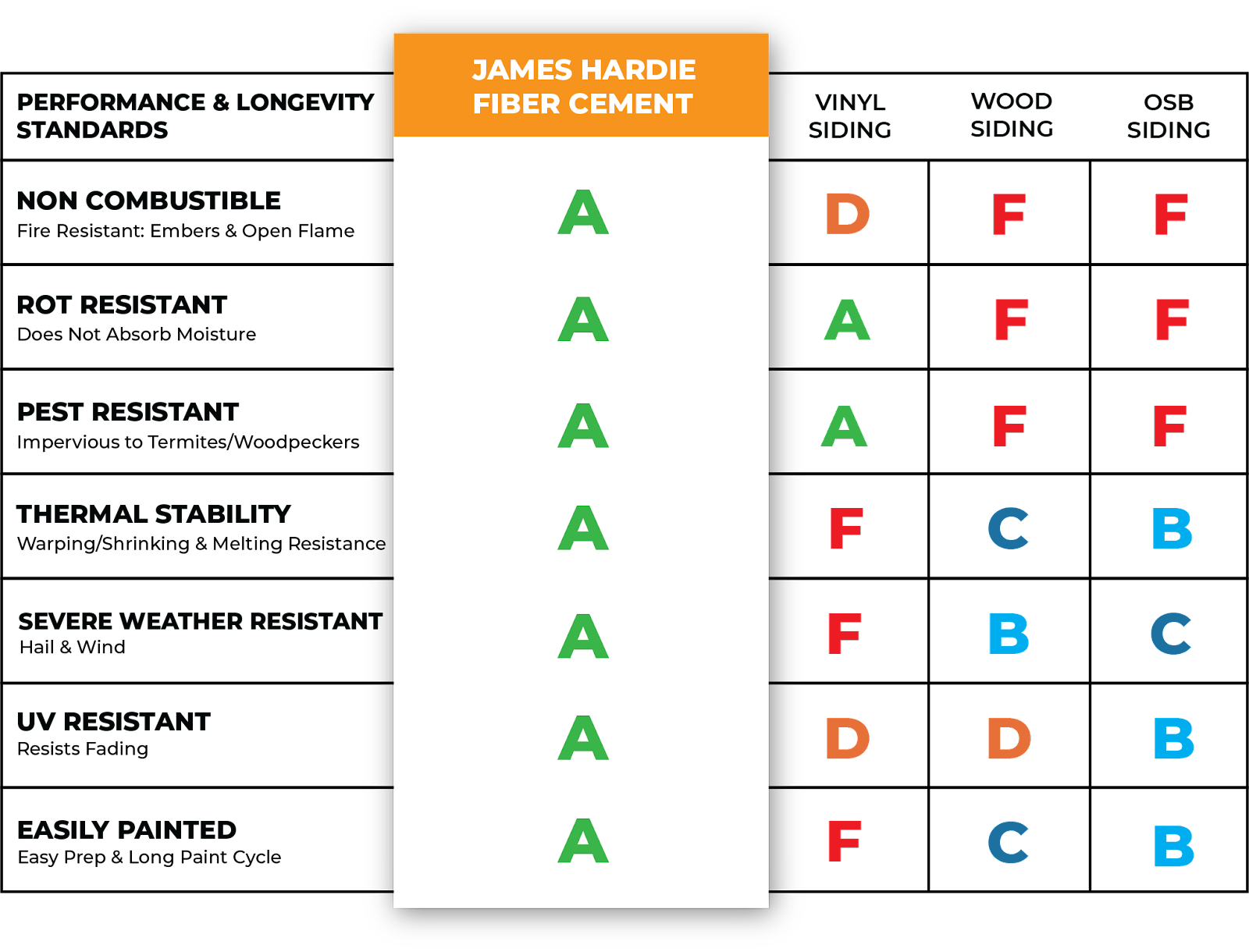
This is why, as a siding contractor, we only install James Hardie siding. With the various benefits of James Hardie siding, we feel very confident that James Hardie Siding and Trim, when properly installed, is the best siding for Colorado homes and homeowners. Reach out today for a free inspection of your current siding and to see if James Hardie siding is right for you.
Subscribe to WestPro's Blog


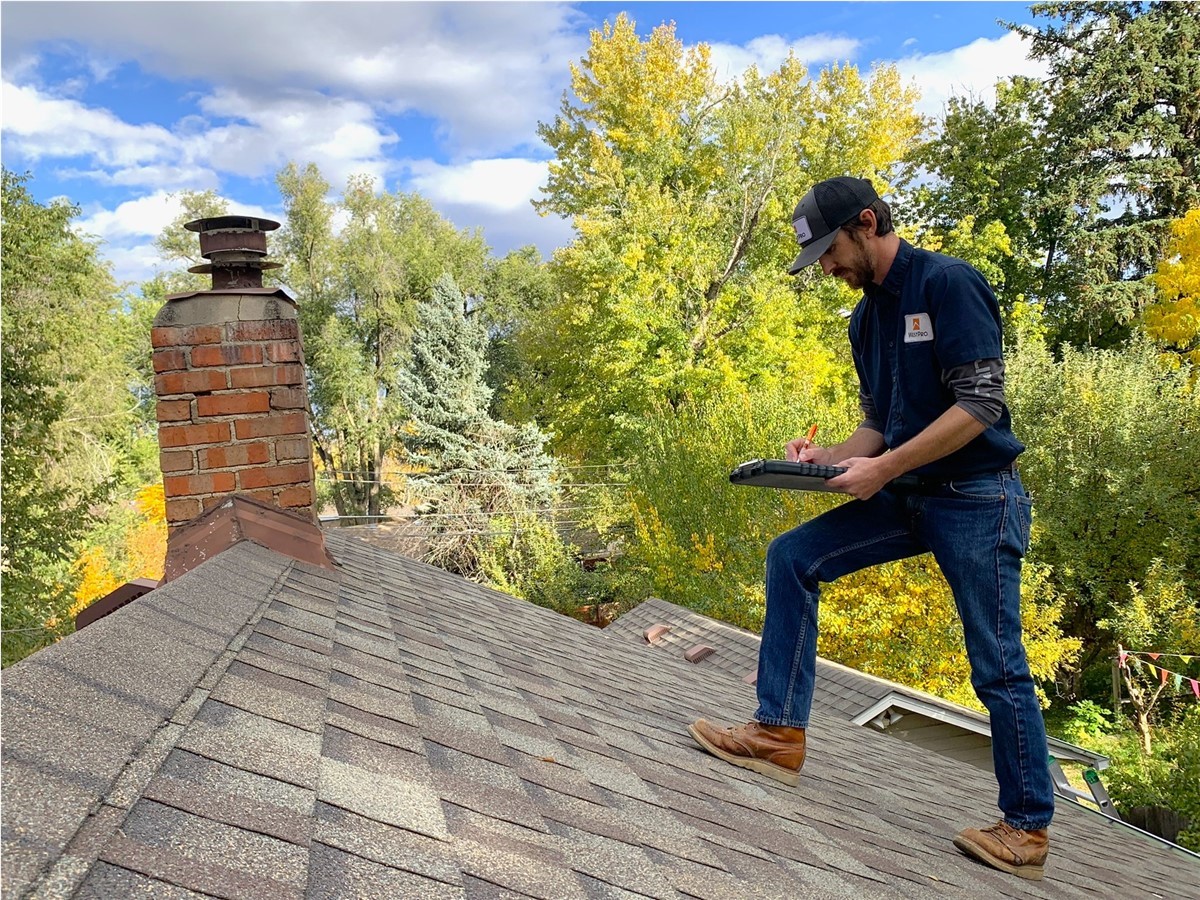

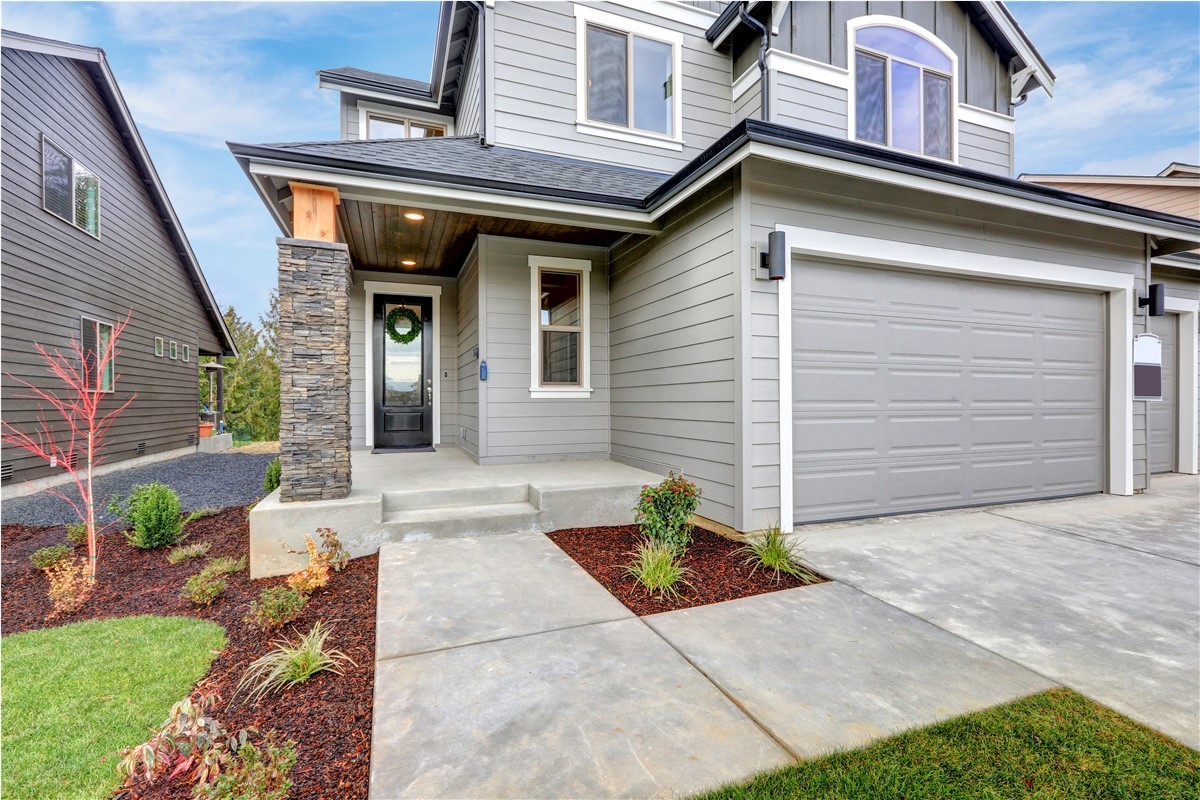
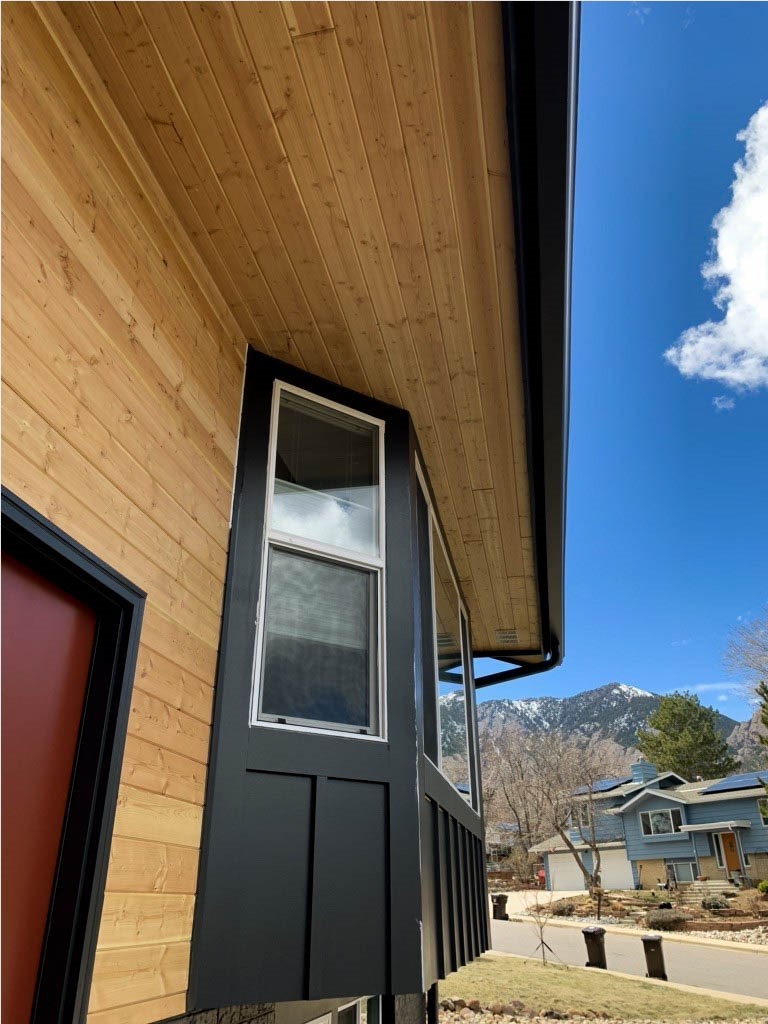
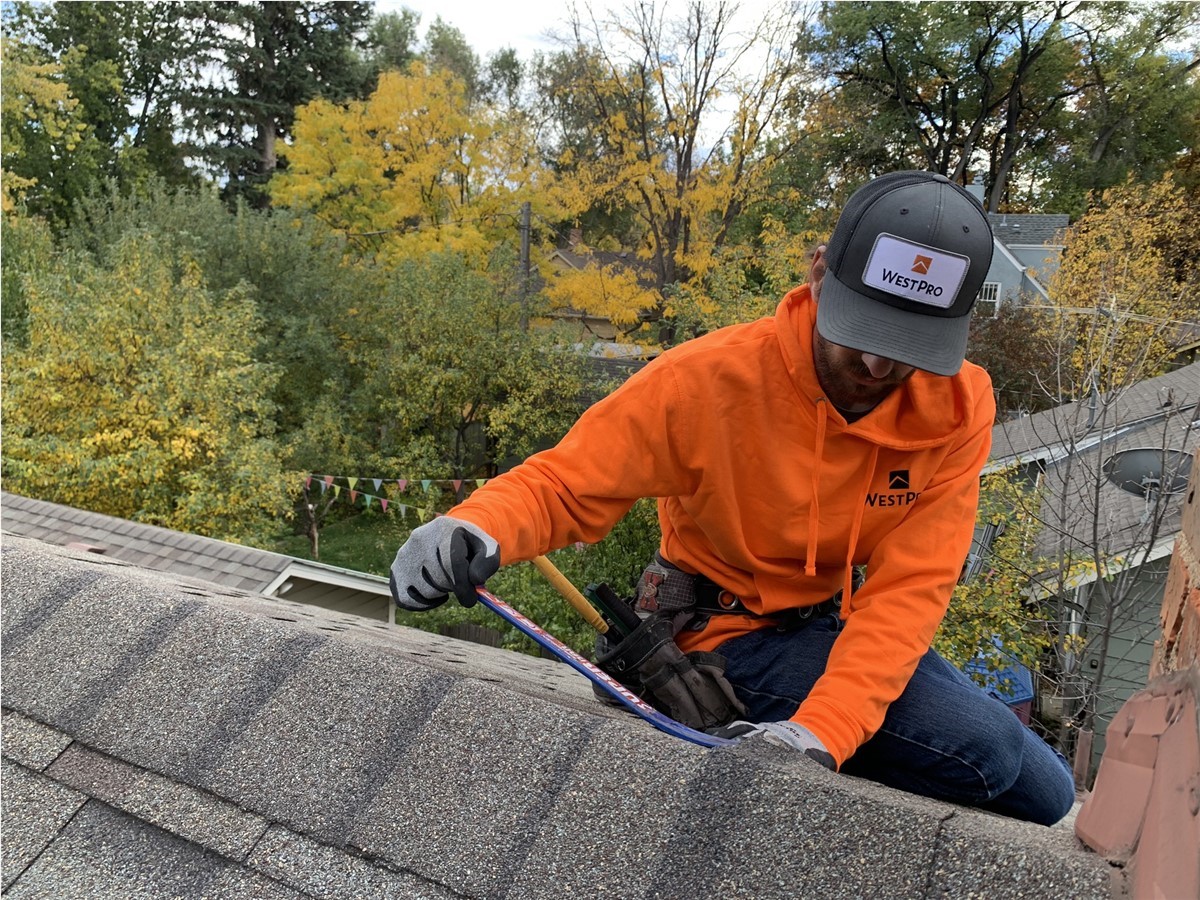


Comments